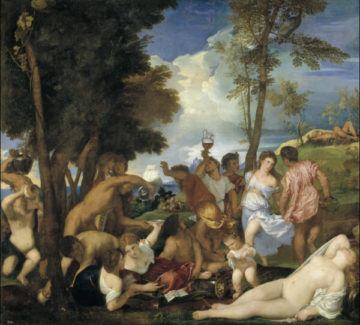Antonio Muñoz Molina at The Hudson Review:

I walk into the museum with a feeling of wonder as well as a slight sense of mistrust. I do not want to forget that it is a very recent invention. Thousands of years before the written book, or even before the birth of writing, the world was already filled with stories, with poems as elaborate as the Iliad, which in turn is almost new in comparison with Gilgamesh. The Prado, which was one of the first museums, is exactly two hundred years old, about the same age as the word “art” in the simultaneously sacral and restricted sense we bestow on it. The earliest known carved or painted images, on the other hand, were made over forty thousand years ago, and may have to be traced back still many more millennia if the dating of certain paintings attributed to Neanderthals is confirmed. If museums did not exist, if the term “art history” had never been coined, we would still have the wild horses of Chauvet, the heads and figures of the Cyclades, the whales, bears, and seals carved in ivory by the Inuit. We would still have Las Meninas, the wooden Christ of Medinaceli, the religious medals and cards that are worshipped and sold not far from here: Ladies of Sorrows; bloody effigies of Christ carried through town on the shoulders of a rapturously fervent Catholic crowd during Easter in the region where I was born; or the Holy Face, archaic and stern, that I used to see as a child in the cathedral of Jaén, a face that according to Church doctrine and common belief is not a painting made by the human hand but rather the true and miraculous impression of the face of Christ on the veil with which a woman named Veronica tried to wipe away his sweat and blood as he carried the Cross.
more here.
